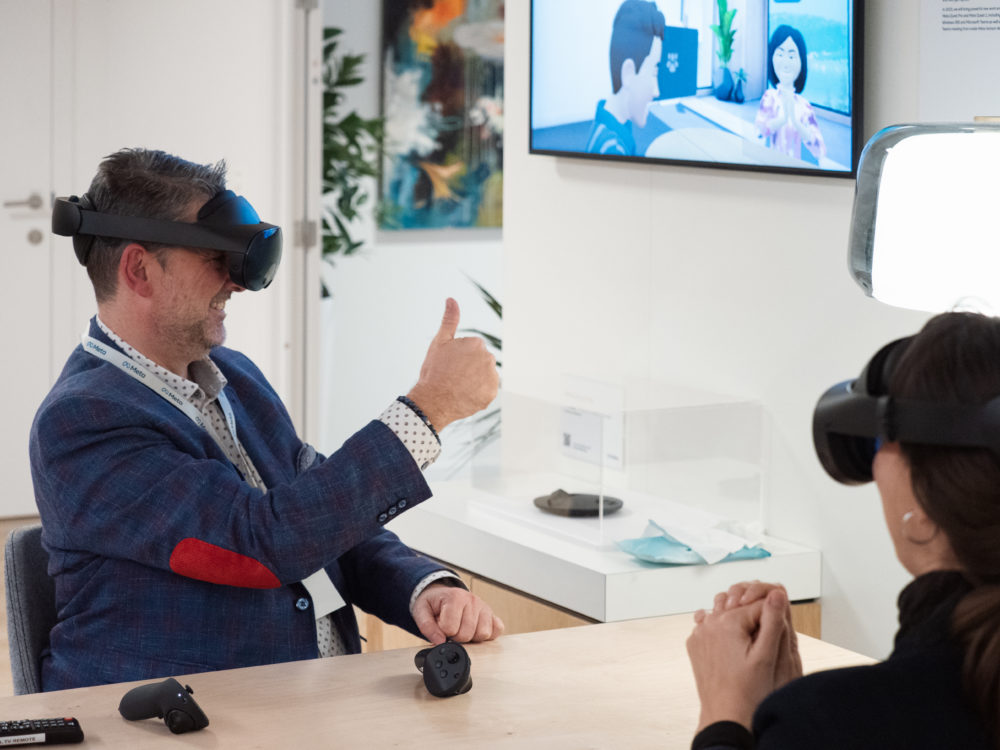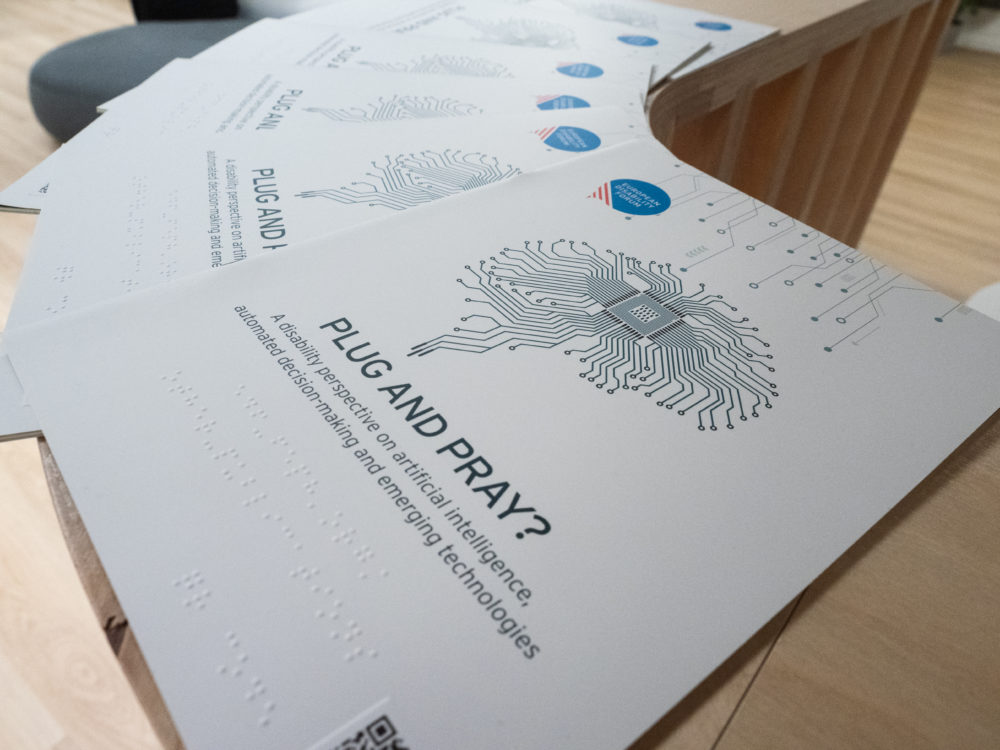On 6 December, we organised a joint event with Meta on a “Disability-inclusive Metaverse”.
Panellists included representatives from the European Disability Forum, Meta, experts and persons with disabilities that used virtual reality.
Main Conclusions
The main conclusions included:
- The Metaverse – and virtual reality – provides opportunities for persons with disabilities to explore environments that may not be accessible and offers tools that support better experiences, such as immersive learning.
- Metaverse could also offer increased accessibility, with opportunities to enjoy remote accessibility services and could also enable customisation of accessibility options (direction and volume of sound, contrast, size of captioning, menu navigation…)
- However, the Metaverse is at risk of replicating inaccessibility and exclusion if its development does not include persons with disabilities (through their organisations).
Panellists cautioned on the need for a participatory and structured approach to building the Metaverse.
Metaverse: opportunities and threats
Nina Cummins, Head of Connectivity and Access Policy, opened the session by explaining that the Metaverse is a virtual environment where you can be present in digital spaces – “Like being inside the Internet”. She added that all digital spaces are interconnected and share the same ecosystem, so people can be “together” virtually.
Following this explanation, Prof Chris Hughes – Lecturer at the School of Computer Science, Salford University – shared some opportunities of the Metaverse related to the personalisation of accessibility tools. In the Metaverse, users can increase visual contrast, adjust the direction and volume of sound and other accessibility needs; they can also access services remotely, such as sign language interpretation. He also shared some risks of the Metaverse, chief among all inaccessibility of devices used to access it. Finally, he underlined the possibility of developing your own identity in the Metaverse and the pitfalls of “hiding disability”.
Susanna Laurin, Chief Research and Innovation Officer at Funka shared the outputs of their 2019’s report on virtual reality. She highlighted the need for a structured democratic and participatory approach to developing the Metaverse that includes all user groups. In addition, she highlighted the need to create standards – including ISO and European standards– that guide its development.

Customised accessibility settings
Sonali Rai, Media and Culture Team Lead, RNIB, asserted the need to ensure that the experience is personalised to the spectrum of disability and user needs and preferences. She highlighted the need to ensure this personalisation is easy to achieve and that persons with disabilities have freedom of movement and interaction in the Metaverse. She mentioned the need to have audio description available on the Metaverse – including audio describing the metadata available. She also called for a different range of devices to access the Metaverse – not only headsets.
Joris de Meester, a member of LAVA (Belgian organisation “Autistic Adults’ Reading and Advisory Group”), a user of virtual reality, explained that in the Metaverse, you can block certain sensory inputs based on user wishes. He underlined the need for user-generated content and that independent developers must be able to freely develop applications and experiences in the Metaverse.
Participants’ issues

Participants raised the following issues:
- Data privacy and safeguards on the collection of data that can be used to discriminate. Meta’s representative assured that privacy was a top concern, and that Meta applies global principles of data minimisation and anonymisation. She also mentioned that cyber security is a priority.
- Protection of persons with epilepsy or other conditions that can be easily triggered by the Metaverse. A standardised guide for user-generated content will include designing for users with disabilities;
- Personalisation of accessibility settings;
- Participation in the Metaverse and how it affects the development of social skills;
- Accessibility of the Metaverse for deaf people, especially in terms of speech-to-text and other accessibility measures.
- Affordability of devices to access the Metaverse
We believe that the involvement of persons with disabilities – and their representative organisations – is essential to ensure that the Metaverse (and other Virtual Realities) are accessible and inclusive of persons with disabilities.
Related documents
- Unlocking the Potential of XR for Persons with Disabilities
- Plug and Pray? A disability perspective on artificial intelligence, automated decision-making and emerging technologies